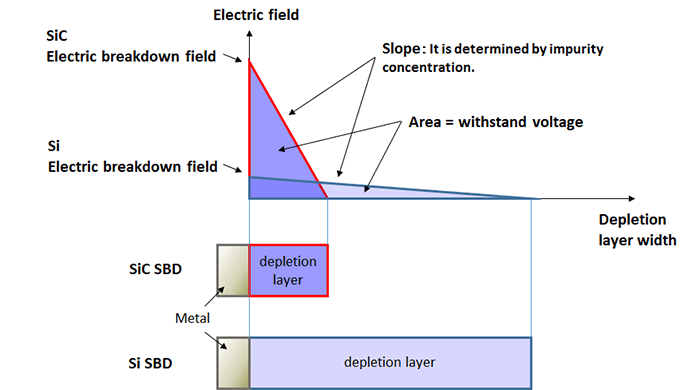- 型号 & 关键词搜索
- 交叉搜索
- 参数搜索
- 库存查询与购买
This webpage doesn't work with Internet Explorer. Please use the latest version of Google Chrome, Microsoft Edge, Mozilla Firefox or Safari.
请输入3个以上字符 Search for multiple part numbers fromhere.
The information presented in this cross reference is based on TOSHIBA's selection criteria and should be treated as a suggestion only. Please carefully review the latest versions of all relevant information on the TOSHIBA products, including without limitation data sheets and validate all operating parameters of the TOSHIBA products to ensure that the suggested TOSHIBA products are truly compatible with your design and application.Please note that this cross reference is based on TOSHIBA's estimate of compatibility with other manufacturers' products, based on other manufacturers' published data, at the time the data was collected.TOSHIBA is not responsible for any incorrect or incomplete information. Information is subject to change at any time without notice.
请输入3个以上字符
为何SiC肖特基势垒二极管(SBD)耐压高?
碳化硅(SiC)是一种宽带隙半导体。如下表所示,与硅(Si)相比,SiC具有高带隙、高介电击穿强度、高饱和速度等特性。
当对普通结构的SBD施加反向偏置电压时,耗尽层会从金属-半导体界面扩散。此时电场的图像如图所示,介电击穿强度在金属-半导体界面处最大。介电击穿强度即电场的最大理论值,绝缘强度等于耗尽层宽度和电场所表示的三角形区域的面积。
由于SiC的介电击穿强度约为Si的10倍,因此可形成高耐压的SiC SBD。
Si和主要宽带隙半导体的物理特性
| 特性 | 单位 | Si | 4H-SiC | 6H-SiC | 3C-SiC | GaN | GaAs | 金刚石 |
|---|---|---|---|---|---|---|---|---|
| 带隙 | eV | 1.12 | 3.26 | 3.02 | 2.23 | 3.39 | 1.43 | 5.47 |
| 电子迁移率μe | cm2/Vs | 1400 | 1000/1200 | 450/100 | 1000 | 900 | 8500 | 2200 |
| 空穴迁移率μh | 600 | 120 | 100 | 50 | 150 | 400 | 1600 | |
介电击穿 强度Ec |
V/cm | 3.0×105 | 2.8×106 | 3.0×106 | 1.5×106 | 3.3×106 | 4.0×105 | 1.0×107 |
| 导热系数λ | W/cmK | 1.5 | 4.9 | 4.9 | 4.9 | 2.0 | 0.5 | 20 |
饱和电子 漂移速度Vsat |
cm/s | 1.0×107 | 2.2×107 | 1.9×107 | 2.7×107 | 2.7x107 | 2.0×107 | 2.7×107 |
相对介电 常数ε |
11.8 | 9.7/10.2 | 9.7/10.2 | 9.7 | 9.0 | 12.8 | 5.5 |


